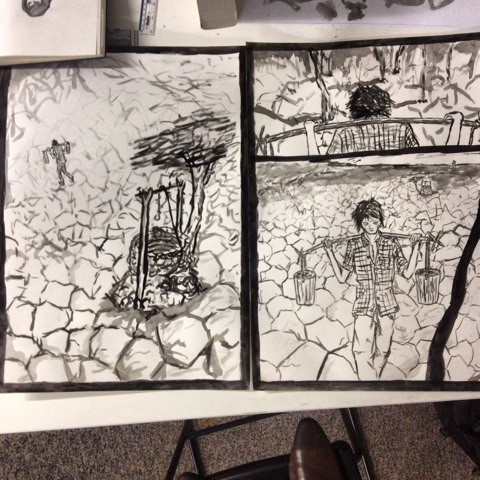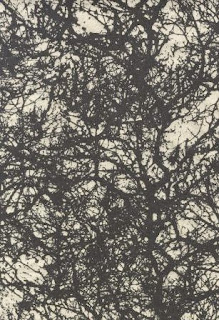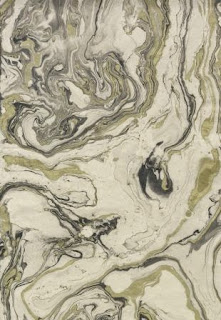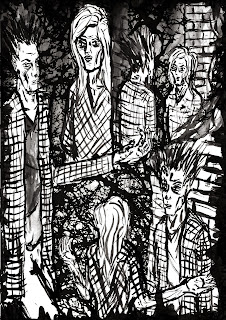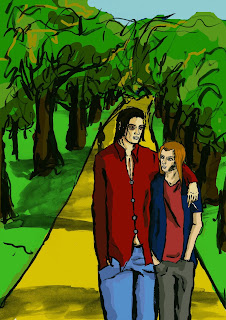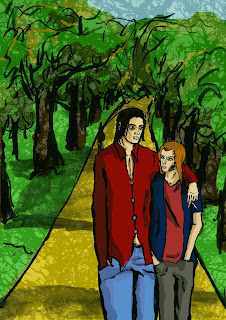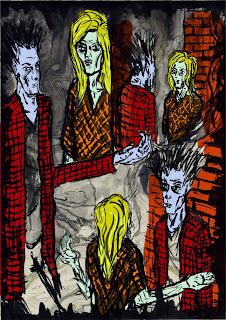I had been leaning towards the comic angle for doing this project for a while. I started originally by approaching the comic with the idea of doing each panel individually, sort of as a fully formed piece of art and then stitching the panels together on Photoshop to create the page. I was having a lot of trouble doing this. I never quite knew if one panel was finished and how much of the page I had done, it became very confusing and quite overwhelming.

One day I was looking through my memory stick for piece of work to play with on Photoshop when I came across the scans of the pages I did for my comic last year. I remembered how much more motivated I was for that project and how much simpler it was to create those pages. I realised I had to change my approach this comic concept from another angle. Almost straight away I drew up a page for my story using my storyboard thingy to plan out the panels. I drew the page in pen in a scratchy quick manner. This is partly to reflect the similar style I used for my comic last year but also because drawing this page was more of an exercise to get me thinking about the best way to approach making these pages.
It was a bit of a coincidence and partly down to not having a ruler handy but while penciling the figures into the spaces I knew the panels would be I realised that I could relatively simply get the images in my panels to merge together or flow into each other, essentially I could make an almost panel-less comic book page. I liked this idea a lot. After penning the page I used ink to accentuate the flow of the panels and try to make the page almost one image.

When I was halfway through this process and penning the figures, James came and had a look at my work. James knows a lot about comics so was quite helpful. He told me there were problems with this page specifically my panel lay out and the angles I've used break continuity and would break the immersion of the reader. I see what he's saying as I wasn't really thinking about that when drawing the page having just copied the panels over from my storyboard. I think James was a bit harsh in how much he said it effected the page as I know quite a few comics (Locas, Saga) which have some similar changes in angles and such but I think it may just be a difference in comic background. He still had a point though.
James also seemed to prefer my ink work to pen work. I pretty much agree with this assessment. I think it's because I'm not using reference material very much in this project meaning I'm making a lot of little mistakes in things like proportion. In pen this can come across as just seeming like mistakes (although I think often it works along with my style to create a unique and cool aesthetic) but with ink due to the loose nature of the medium it seems just more stylistic and is less noticeable.
This lead me to the conclusion that I need to make full comic pages using ink and a layout that leads the images into each other and makes the page look like a singular artistic entity rather than many images cobbled together.









